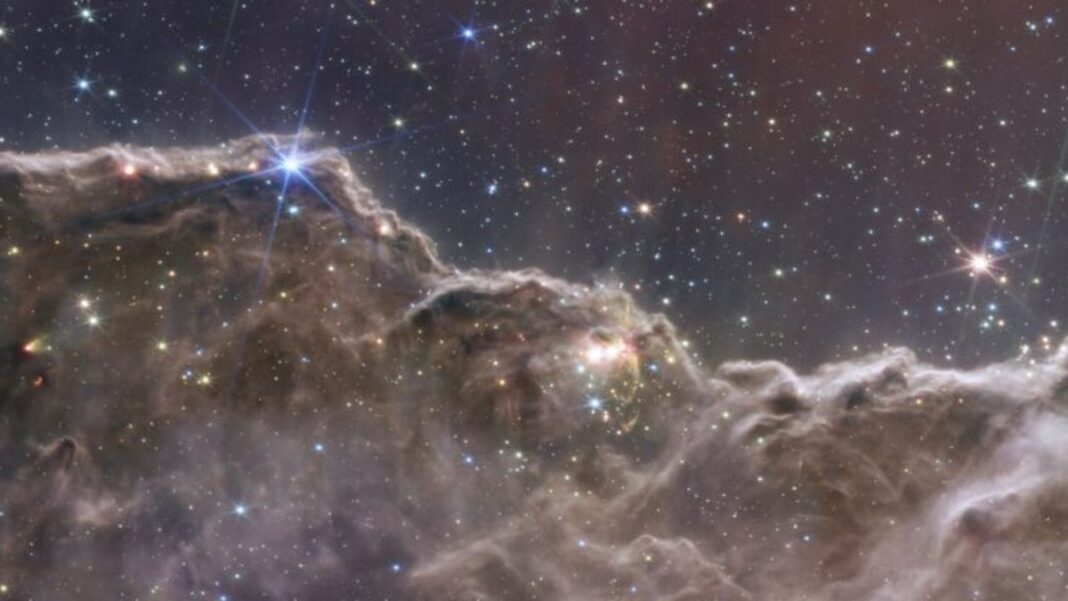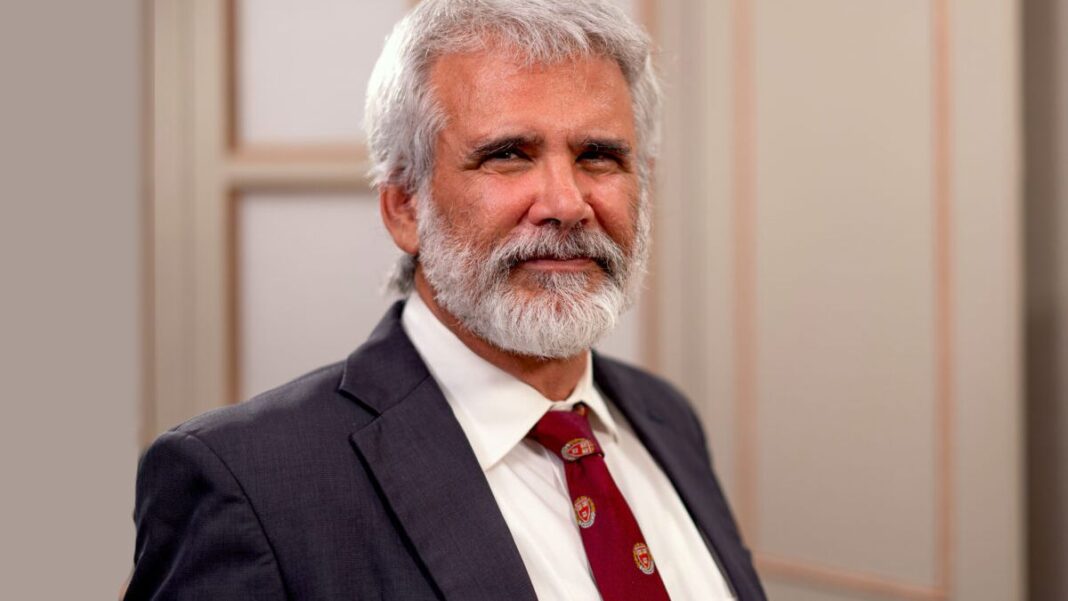
Astronomers and scientists around the world have been reacting to newly released images from NASA’s James Webb Space Telescope, with one declaring a “new era in space exploration.”
The pictures reveal the splendors of the universe, from baby stars to far off galaxies.
The unveiling from the $10 billion James Webb Space Telescope began on Monday at the White House with a sneak peek of the first shot—a jumble of distant galaxies that went deeper into the cosmos than humanity had ever seen.
Michael Messina, an assistant professor of astronomy at the University of Wisconsin-Madison and a contributor to the Webb project, says they “weren’t even trying that hard”.
“This image was actually pretty short, in terms of its duration. And we hope over the course of the mission to take even longer, even deeper pictures, to find things that are even further away,” he says.
Tuesday’s releases showed parts of the universe that have been seen by other telescopes.
But Webb’s sheer power, distant location from Earth, and use of the infrared light spectrum showed them in a new light that scientists said was almost as much art as science.
With Webb, scientists hope to glimpse light from the first stars and galaxies that formed 13.7 billion years ago.
The telescope will also scan the atmospheres of alien worlds for possible signs of life.
Webb used its infrared detectors to look at the chemical composition of a giant planet called WASP-96b—it’s about the size of Saturn and is 1,150 light-years away.
It showed water vapor in the super-hot planet’s atmosphere and even found the chemical spectrum of neon, showing clouds where astronomers thought there were none.
“With the new James Webb Space Telescope, we can start to determine the composition of atmospheres of some of these exoplanets,” explains Jason Rabinovitch, an assistant professor at Stevens Institute of Technology.






